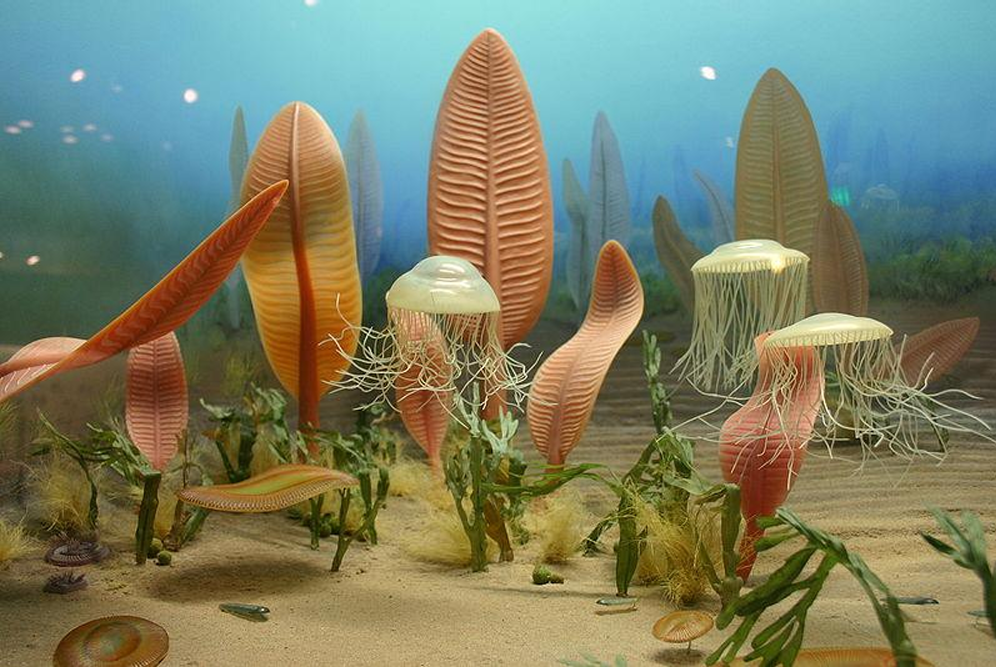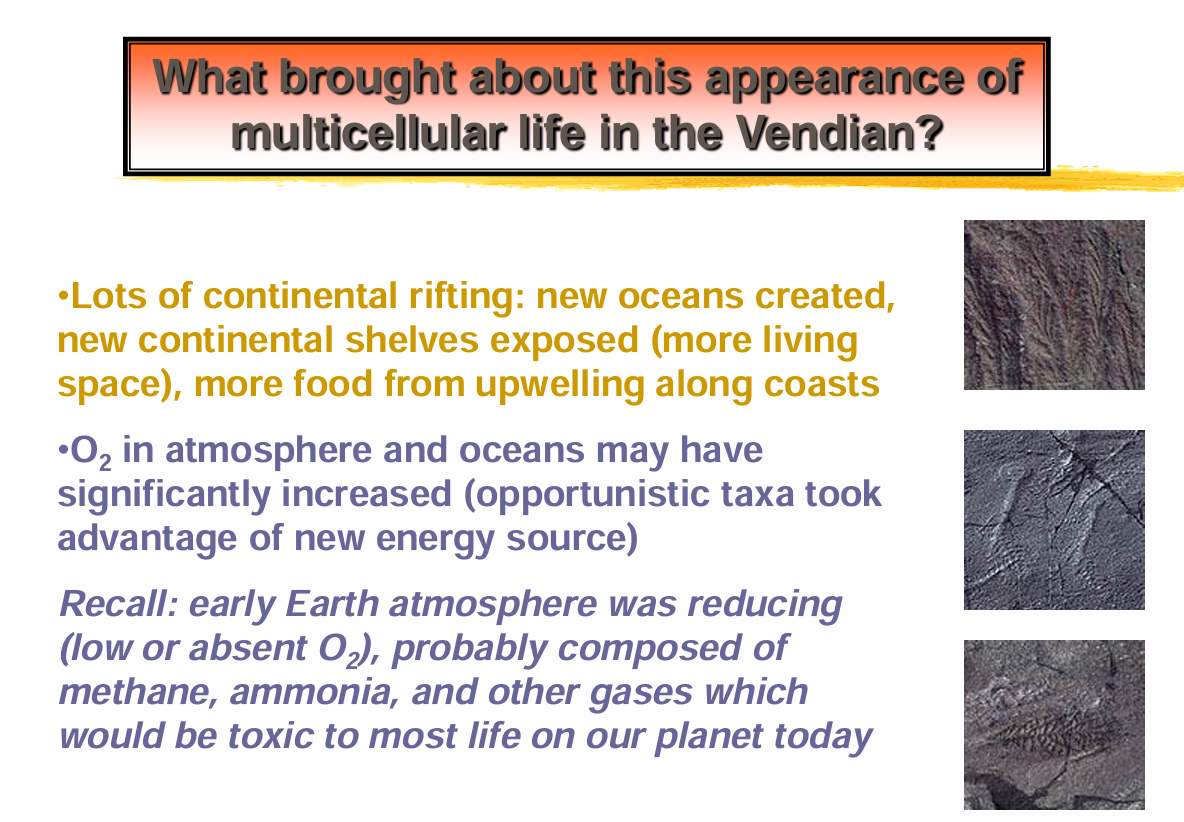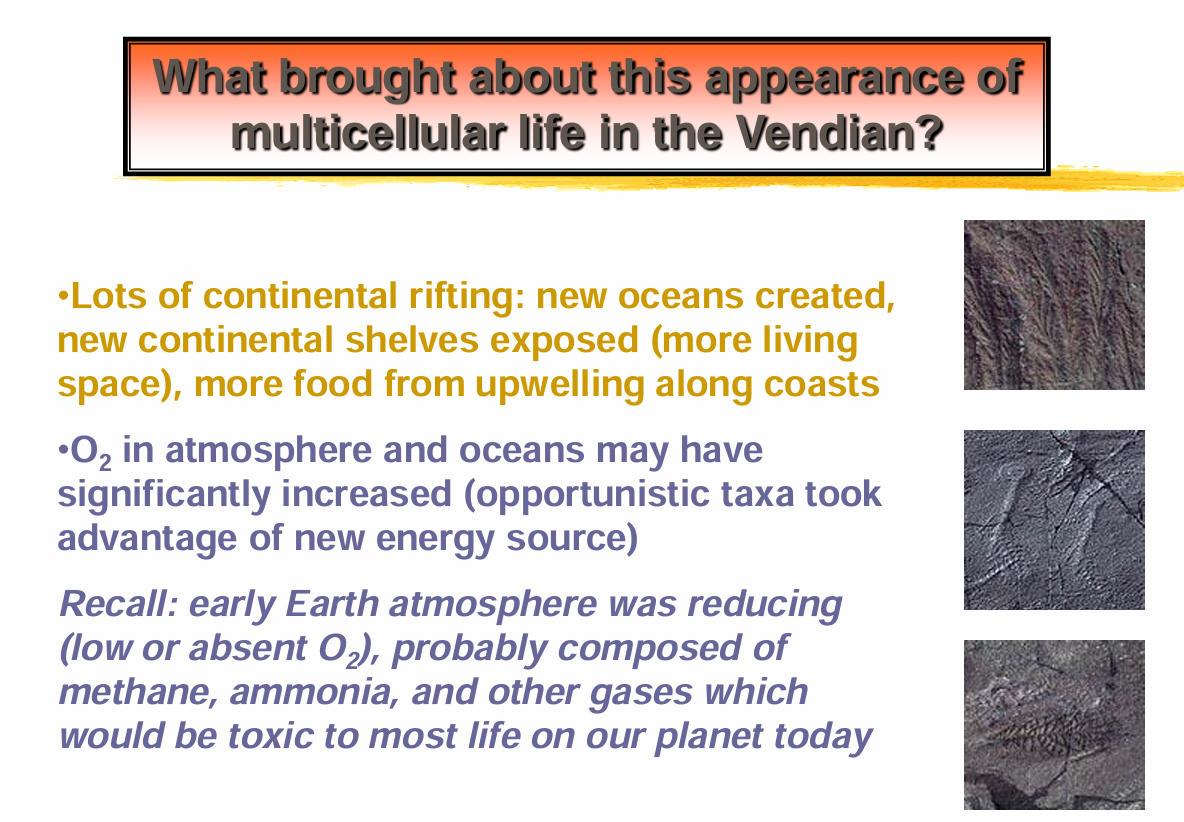GEOL 1 LE 2 | Perspectives from Earth History
1/26
There's no tags or description
Looks like no tags are added yet.
Name | Mastery | Learn | Test | Matching | Spaced |
|---|
No study sessions yet.
27 Terms
Man
A recent agent of changea recent agent of change
“death of planet Earth”
Loss of internal heat and its consequence called _____________ form part of the destiny of this planet.
10000 Years
Amount of time before a fault or volcano is considered inactive after showing no activity. Similarly, age of remains before being considered a “fossil”
Anthropocene
Proposed (accepted) addition to the Geologic Timescale, splitting the Holocene Epoch into two by the major impact of man on the planet.
4.56 Billion Years Old
Age of Earth
Slow to Fast
Rates of Change of Earth
2-2.5 Mya (0.04% of Geologic Time)
The duration that Man has been on the Planet.
Fossils
Earth materials
Evidences used to record Earth History
Fossils
Actual remains, imprints, and traces of formerly living organisms older than 10K years
Actual remains (e.g., from Amber, Tar pits, Ice)
Body fossils: casts, molds
Trace (Ichnofossils): manifestation of activity--- burrows, coprolites, tracks
Chemical: molecules
Types of Fossils
Living Fossils
An organism that has remained essentially unchanged from earlier geologic times and whose close relatives are usually extinct
Eubacteria
Archaea
Eucarya
3 Major Domains of Life
Eucarya
Life with Eukaryotic Cells: with nuclear membrane
Many kinds of membranous organelles in cell
Eubacteria and Archaea
Life with Prokaryotic Cells: no nuclear membrane
Kerogen
Photosynthetic byproduct indicating possible photosynthetic life over 3.5Bya
Banded Iron Formations (BIF)
Ferric Iron-rich sediments in the ocean noting reaction of iron with oxygen-rich water. This suggests a significant amount of oxygen in the atmosphere at least 2.6 Bya
Phanerozoic
The Age of Visible/Evident Life (First Abundant Skeletons)
Organisms have developed preservable hard parts.
Vendian Revolution
End of the Proterozoic; Ocean iron now depleted, free O2 build up in the ocean and atmosphere forming the ozone.
Photosynthesizers, Eukaryotes, appear and tolerate/use O2. Prokaryotes dwindle.
Vendian/Ediacara Fauna
These were confirmed to be multicellular organisms
A set of remarkable animal (fauna) fossils first discovered in the Ediacara Hills of Southern Australia
Fossilized imprints of what were apparently soft-bodied organisms, preserved mostly on the undersides of slabs of quartzite and sandstone.
Most were round, disc-shaped forms that Sprigg dubbed "medusoids" from their seeming similarity to jellyfish. Others, however, resembled worms, arthropods, or even stranger things.

Vendian biota
(recently confirmed to be multicellular)
These soft-bodied fossils of the first animals from the Vendian are also known as the __________.
It is the first appearance of a group of large fossils in the rock record.
It gives us a good look at the first animals to live on Earth.


Phanerozoic Eon
540Mya - Present
Consisting of
Paleozoic
Mesozoic
Cenozoic
Precambrian Eon
Eon subdivided into Hadean, Archean, and Proterozoic eons dominated by single-celled organisms
Cambrian
Start of the Phanerozoic Eon
Charles D. Walcott
Discovered the Burgess Shale "fossil-bearing unit"
Burgess Shale
Most popular fossil site of sedimentary rocks containing the best record we have of Cambrian animal fossils, being one of the most diverse and well-preserved fossil localities in the world.